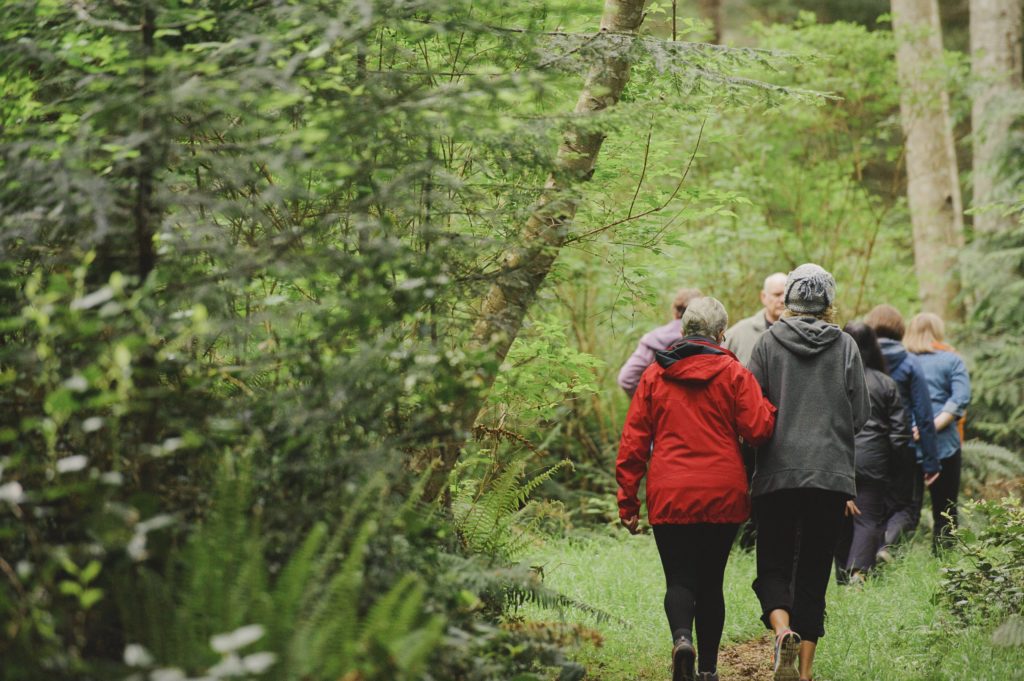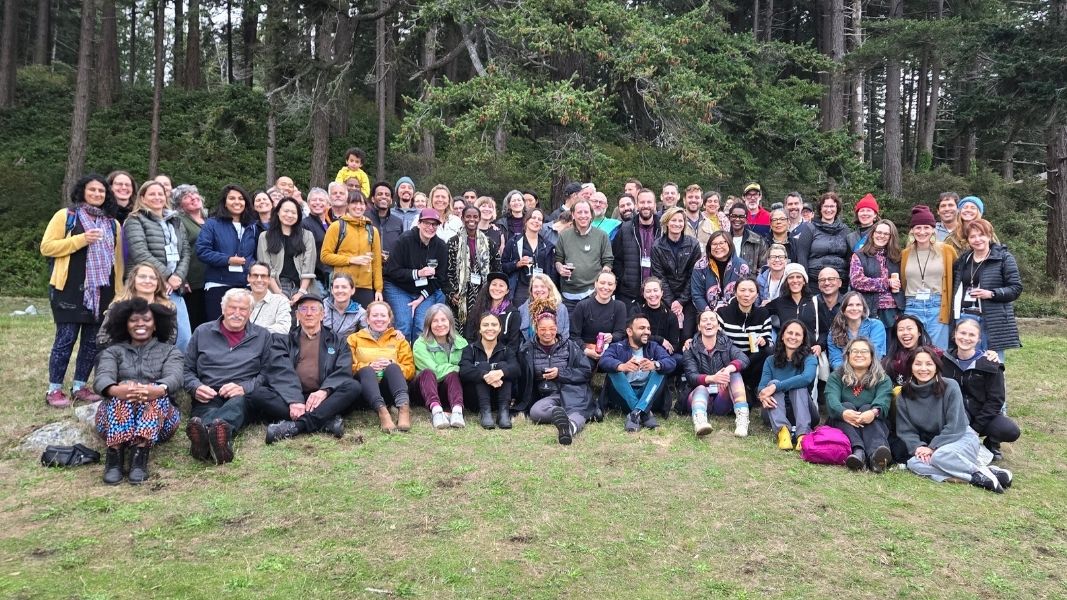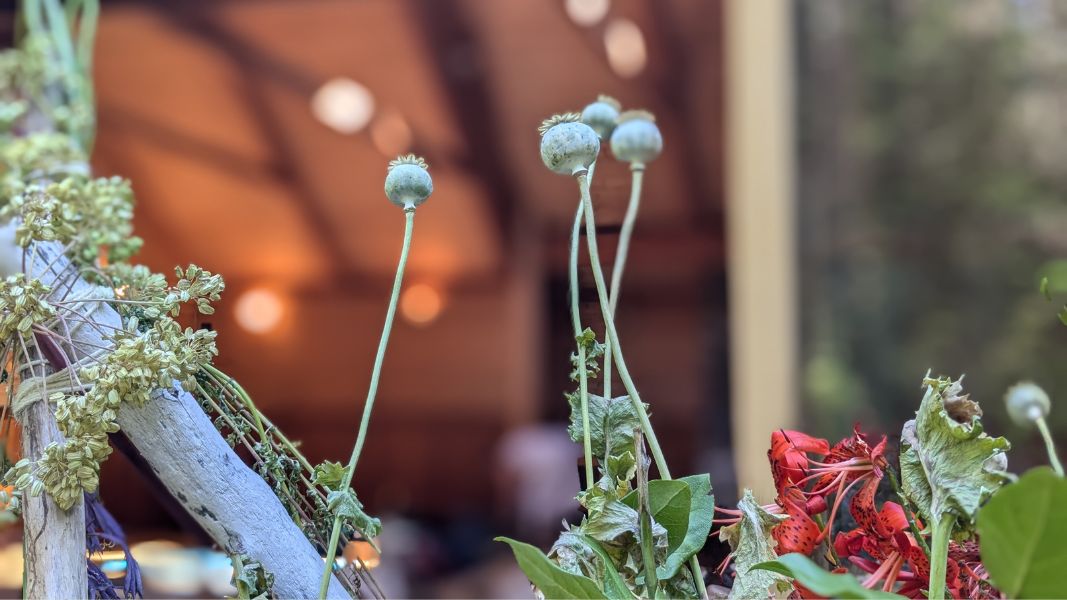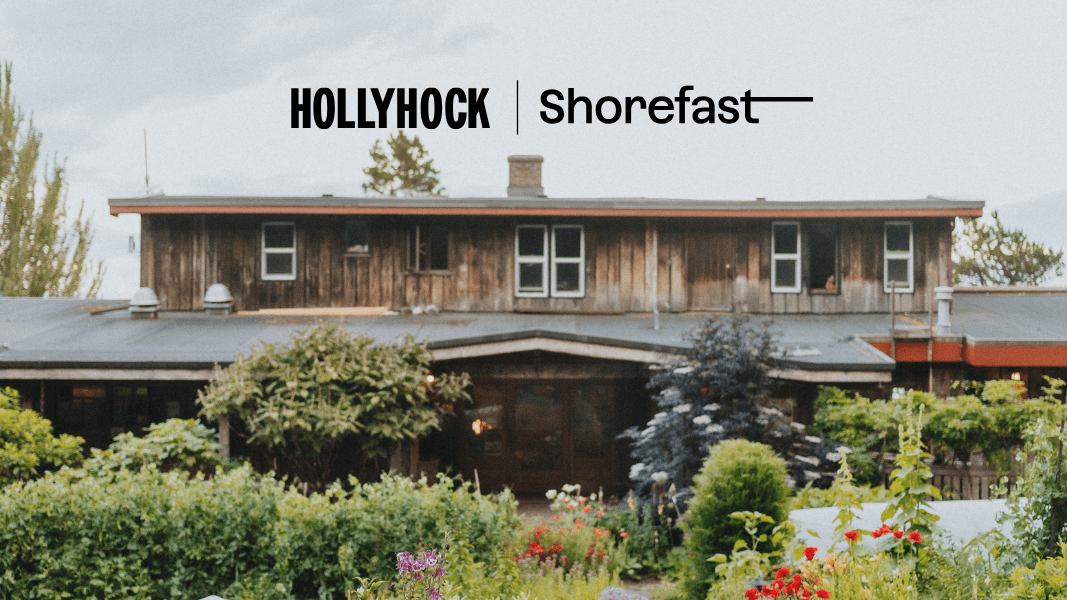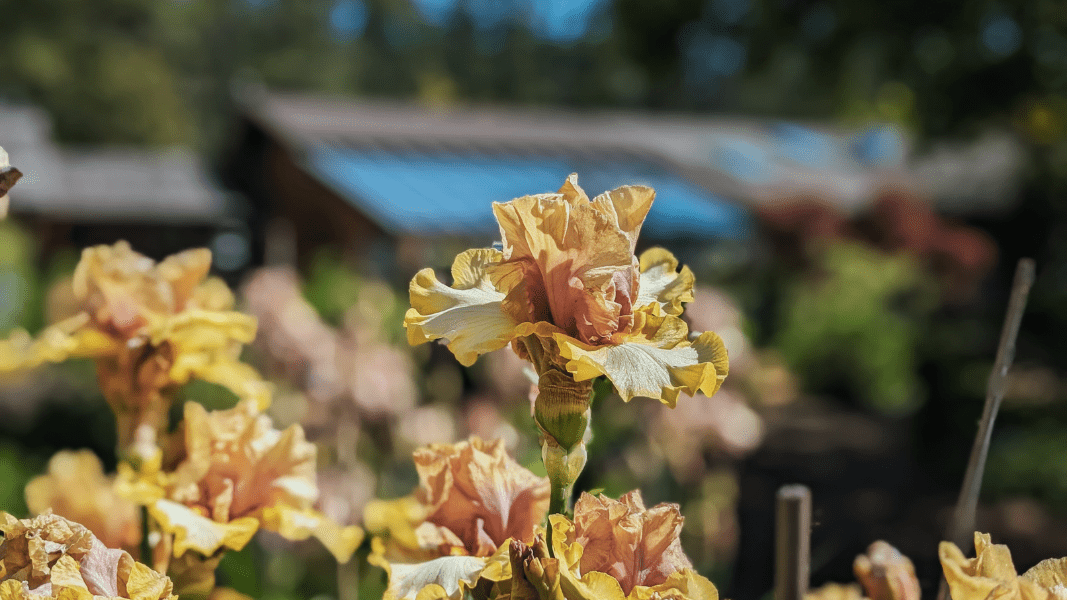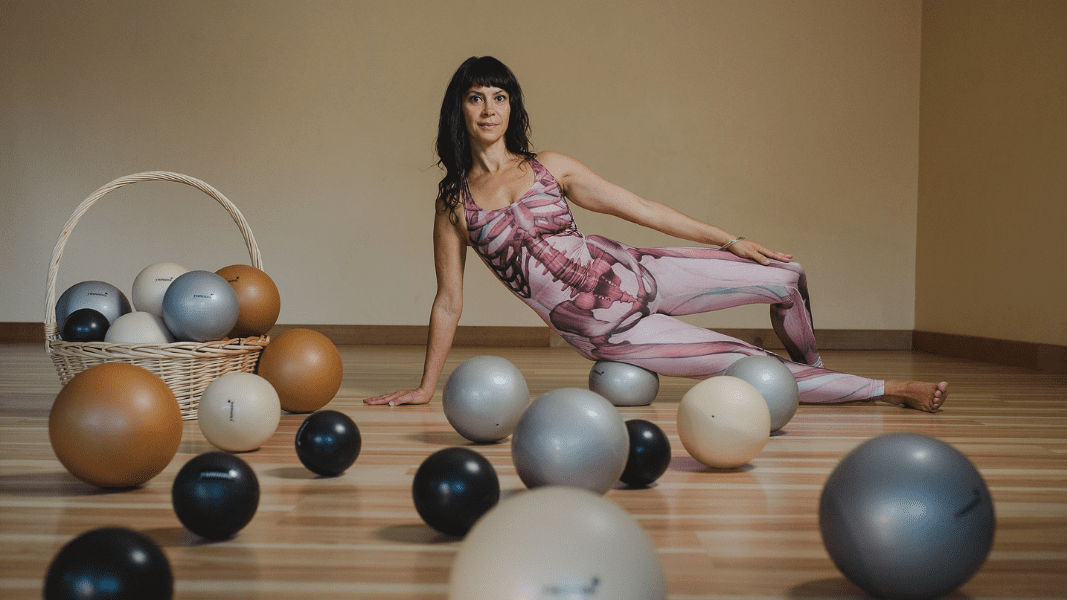I can’t quite remember 1982. The memories are just fragments, images from photos and colours. I was seven years old, growing up in Richmond BC. I remember riding my bike through the endless farm roads that are now subdivisions; being scared of nuclear war and the Soviet Union; and playing street hockey with all the kids on our block. There was definitely a lot going on in the world. Here are some of the things that were making headlines:
- Queen Elizabeth II and Prime Minister Pierre Trudeau signed the Proclamation of the Constitution Act in Canada. The Canada Act established full sovereignty and independence of the Canadian nation and included the Canadian Charter of Rights and Freedoms which outlined 34 basic rights that would be guaranteed in the country.
- “E.T.- The Extra Terrestrial” was released in theatres around the world.
- Leonid Brezhnev, the General Secretary of the Communist Party of the Soviet Union, died of a heart attack while in office.
- The first CD player sold in Japan.
A little less newsworthy, but still of some significance, a band of dreamers had just convinced a group of 10 friends to join them in buying an oceanfront piece of land on a remote island in the Salish Sea.
The initiative was led by Rex Weyler, and Shivon and Lee Robinsong, activist friends from Greenpeace. Guided by a fortune telling about red Hollyhocks, and a vision for a better society, they had purchased the defunct Cold Mountain Institute campus. Cold Mountain – set up a decade earlier by Human Potential visionary Richard Weaver – had modified a 50 year old farm house and built rustic accommodations and session halls in the forest to host “encounter groups.” These groups were meant to help people connect to their deeper purpose and discard parts of themselves that made them unhappy.
Rex, Shivon, Lee, and their friends had a similar desire. The core “technology” that the founders of Hollyhock Farm wanted to deploy was land-based 4-5 day workshops that connected people to themselves, each other, and the natural world. Their “theory of change” was that the “innies” (those dedicated to wisdom teachings and wellness) and the “outies” (those dedicated to activism and environmental stewardship) were both needed to build a better society.
In Rex’s words from that time:
“The July [1982] meeting was the first real glimpse of ourselves as a community. It is recognized that everyone involved has a unique relationship with the group as a whole. The strength and common ground is our shared desire to live in an ecologically sound manner, in a beautiful environment, near people we love, with a sense of individual privacy coupled with community support, and with a sense of spirutyal, social, and individual purpose. We have started on very firm ground.” Rex Weyler, Hollyhock Report 1, July 22, 1982.
By the late 1980s, Hollyhock Farm was offering workshops and retreats throughout the entire summer using 4-5 day workshops as its core delivery channel. Hollyhock was not alone, it was, in fact, part of a network of “centres” that were popping up across liberal democracies. These spaces rejected the materialistic and disconnecting norms of post-war society and were using workshops and retreats as a way to foster deeper meaning and personal/spiritual development.
In the mid 1990s, Hollyhock was experimenting with a new way to deliver on its theory of change – large group gatherings based on social transformation. Championed by social entrepreneur, gardener, and Hollyhock Board Chair Joel Solomon, these new conferences carefully brought together leaders across sectors and generations. When Dana Bass became CEO (in the early 2000s), and soon after Joel’s life partner, the two of them deepened this work with the launch of Hollyhock’s Leadership Institute led by climate activist Karen Mahon.
With Karen at the helm, Hollyhock’s Leadership Institute convened large gatherings focused on some of the most pressing social and environmental issues of the day. Often billed as “conversations that matter,” Hollyhock began to make important and lasting marks in social, political, and cultural transformation.
In 2020, the pandemic forced Hollyhock to consider new ways of fulfilling our mission and connecting people. We explored a variety of virtual programming options – free short webinars, weekend-long virtual retreats, hybrid offerings, and more. This change in technology allowed us to expand to a more global audience, while getting creative about how to be true to our land-based, Cortes Island roots in a digital world.
We are now at a new inflection point. What are the technologies that we want to use to deploy our theory of change going forward? Over the past number of years we have gotten much more clear on our current vision, mission, values. We have articulated the lines of connection from our founding to our present, and we have become very clear that our current delivery model needs to grow and adapt to match the times. The technologies we have used in our 40 year history (land based 4-5 day programs, large group conferences) will always be a part of our model, but we are keen to explore new ways of answering the call in the 21st century.

It is fitting that in this fortieth anniversary year, we are welcoming our first ever Chief Product Officer to work directly on this question. Heather Deeth will join us on June 1 after a 20 year career in mission-based enterprise with a focus on ethical supply chain management. Heather will stand on the shoulders of the tremendous work done by our past Program Director Ling Lo, who made countless contributions to our program over the past five years and will lead our passionate program team of KK Hodder, Laurel Dault, and Max Souders to imagine how we deliver our theory of change to a world that needs it more than ever.
In 2022, 40 years after watching E.T. in the Stanley Theatre on Granville Street, I entered my 6th season as Hollyhock’s CEO. At this time, our world has been rocked by two years of a global pandemic, seen a rise in mainstream consciousness around systemic racism, survived forest fires and floods (a symptom of the continued degradation of our natural world), and, I hope, will discover new ways of being through these challenges and opportunities.
For 40 years Hollyhock has created, curated, and hosted inspiring, meaningful experiences that have provided both the inner and outer skills for personal growth and social transformation. This has allowed participants to develop the skills, personal qualities, values, and networks that have supported them to live a life full of wisdom, compassion, and social impact. We believe, in turn, that these Hollyhockers have and will inspire others to do the same. Our theory of change outlines that through this process, together we will create a critical mass of people who are contributing to creative social, environmental, and cultural systems change. So that we can achieve a future where people live in right relationship with ourselves, each other, and nature – understanding that these are intricately connected.
We can’t wait for you to join us.
Feature Photo Credit: Darshan Photography

